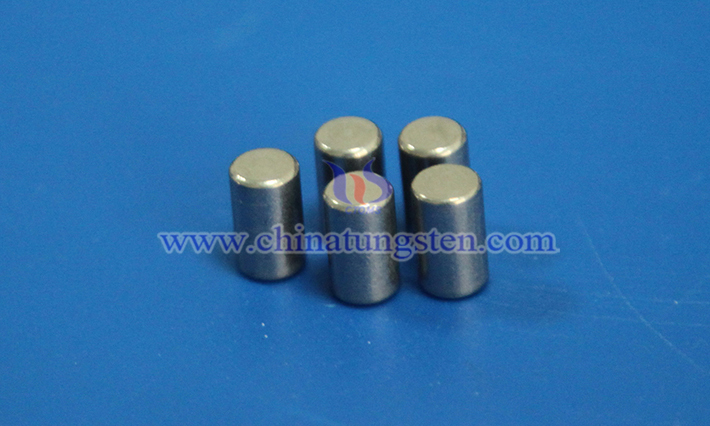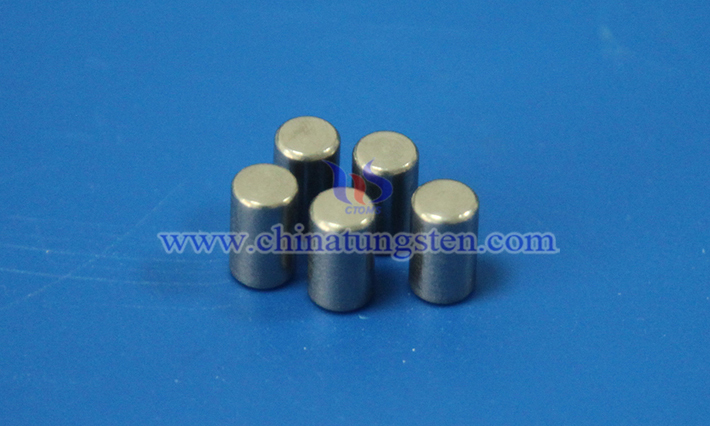Factors Affecting the Conductivity of Barium Tungsten Electrode
- Details
- Category: Tungsten Information
- Published on Tuesday, 27 May 2025 17:23
The conductivity of barium tungsten electrode is the result of the combined effect of material composition, preparation process, working environment, surface state and electric field conditions. These influencing factors need to be comprehensively optimized in practical applications.
I. Material composition and microstructure
1. Barium Tungsten Ratio
As a low work function material, barium can significantly reduce the overall work function and improve the conductivity when combined with tungsten. However, too high or too low barium content will lead to uneven distribution of surface barium atoms, affecting emission efficiency and conductivity. For example, too high barium content may induce emission, and too low barium content will not form an effective conductive channel.
2. Doping Additives
Doping with rare earth metals (such as lanthanum and cerium) can refine grains, reduce grain boundary defects, and improve surface density and stability. These additives improve conductivity by optimizing the microstructure and reducing electron scattering.

II. Preparation Process
1. Sintering Temperature
High temperature sintering can promote the diffusion and fusion of barium and tungsten, improve the electrode density and reduce the porosity. The dense structure helps to form a smooth surface, reduce the scattering and local hot spots during electron emission, and indirectly optimize the conductivity.
2. Sintering Atmosphere
The use of a reducing atmosphere (such as hydrogen) or vacuum sintering can prevent the oxidation of barium and tungsten and ensure the purity of the surface. The oxide layer will form a resistance barrier and reduce the conductivity.
3. Pressing Process
The pressing pressure and molding technology in the powder metallurgy method affect the initial density of the electrode. Higher pressing pressure can reduce sintering porosity, improve the final density, and thus improve the conductivity.
III. Working Environment
1. Temperature
Metal properties: As a metal, the conductivity of tungsten usually decreases with increasing temperature because the lattice vibration increases, resulting in increased electron scattering.
Semiconductor properties: If an oxide (such as BaO or WO₃) is formed on the surface of the electrode, it may exhibit semiconductor behavior and the conductivity increases with increasing temperature.
Extreme temperature: High temperature may accelerate the volatilization of barium atoms or surface reconstruction. Long-term use requires a balance between temperature and material stability.
2. Gas Composition
Active gases (such as oxygen and water vapor) may react with the electrode surface to form an oxide layer (such as BaO), resulting in surface roughening and increased contact resistance. A high vacuum environment can reduce the risk of oxidation and maintain stable conductivity.
3. Vacuum Degree
Low vacuum or residual gas may destroy the surface microstructure through adsorption or chemical reaction and reduce conductivity. A high vacuum environment helps keep the surface pure.

IV. Electrode Surface State
1. Surface Cleanliness
Contaminants or oxide layers will hinder electron escape, increase the probability of scattering or capture, and significantly reduce emission efficiency and conductivity. Surface impurities need to be removed by chemical cleaning (such as acid washing, alkaline washing) or heat treatment.
2. Surface Roughness
Rough surfaces may cause uneven electron emission and increase local resistance. Heat treatment or coating technology can optimize surface smoothness and improve conductivity.
V. Electric Field and Current Density
1. Electric Field Strength
A strong electric field reduces the electron escape barrier through the field emission effect, allowing electrons to be efficiently emitted at lower temperatures, thereby improving conductivity. This effect is particularly important in high electric field applications (such as electron microscopy).
2. Current Density
High current density may cause material heating, structural changes, or electromigration, and long-term use may cause a decrease in conductivity. This needs to be alleviated through heat dissipation design or material optimization.
- Chinatungsten Online: www.tungsten.com.cn
- CTIA GROUP LTD: en.ctia.group
- Tungsten News & Price: www.ctia.com.cn
- Molybdenum News & Price: news.molybdenum.com.cn
- Tel.: 86 592 5129696; Email: sales@chinatungsten.com



 sales@chinatungsten.com
sales@chinatungsten.com